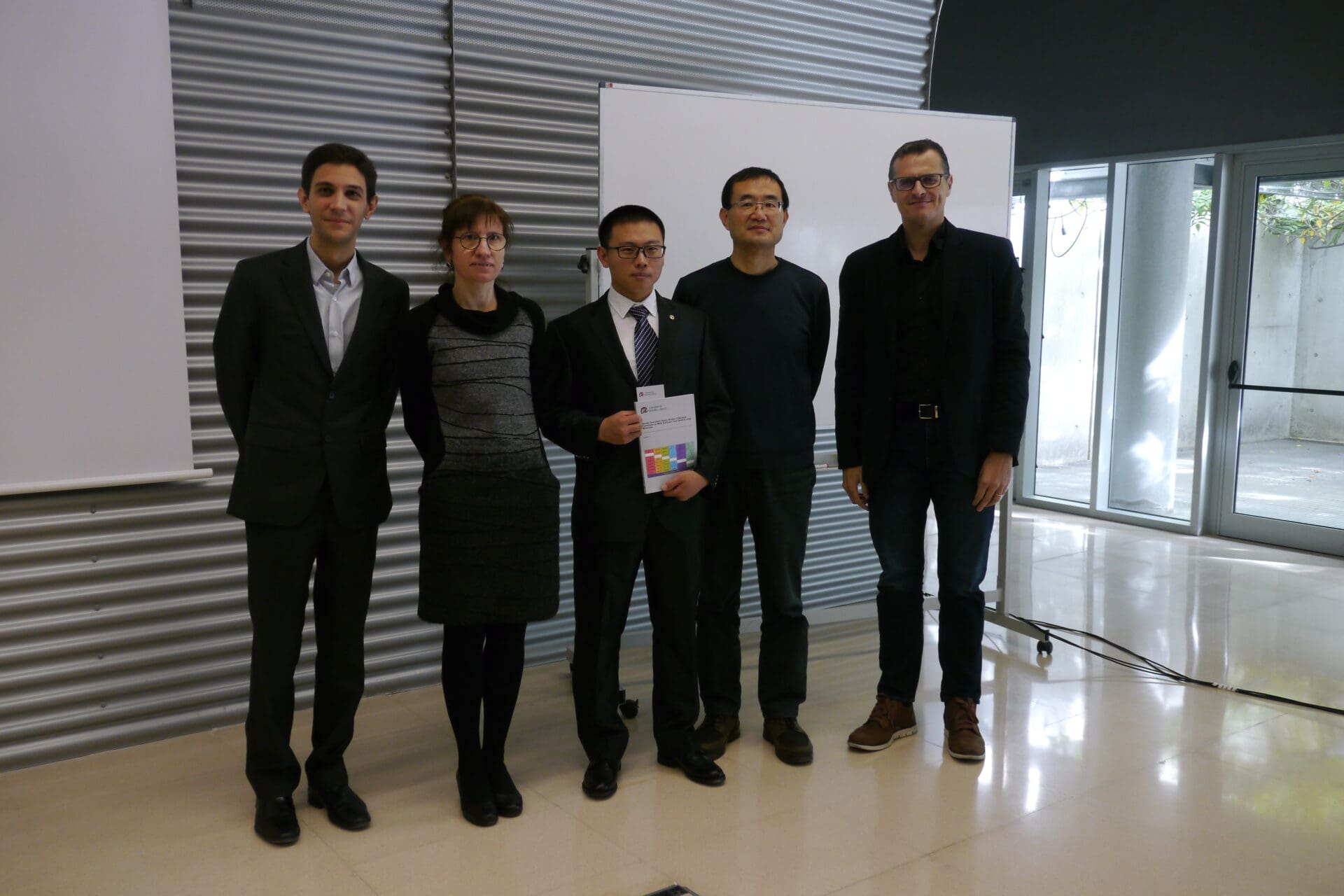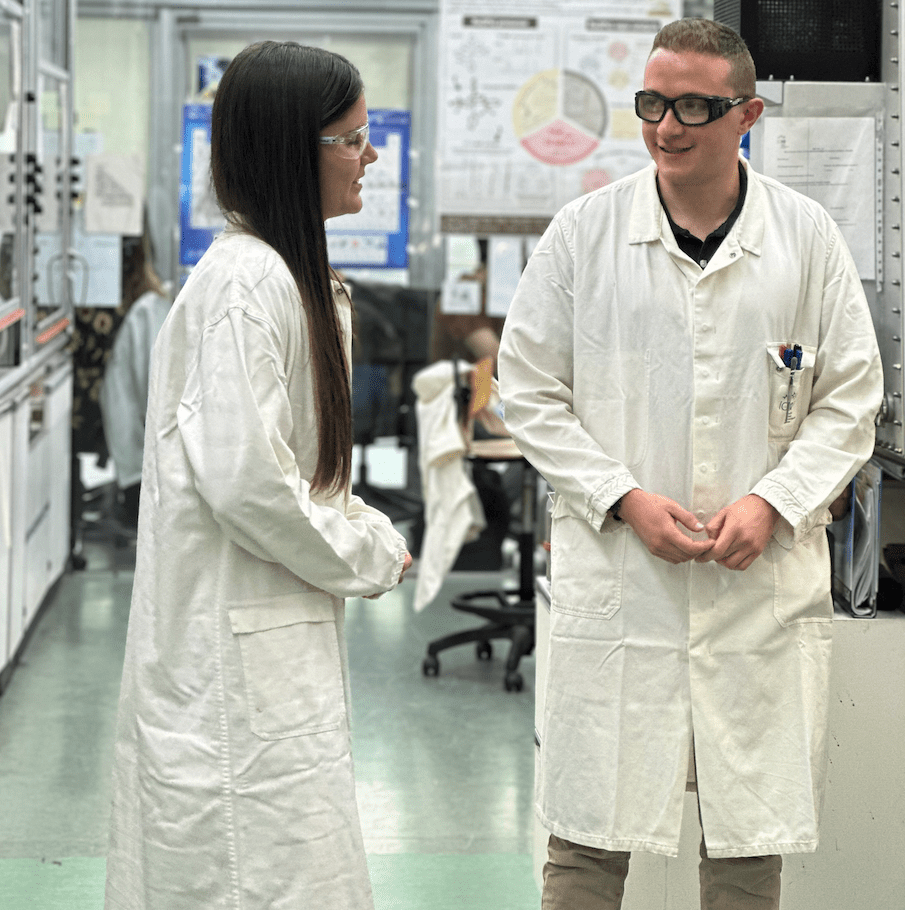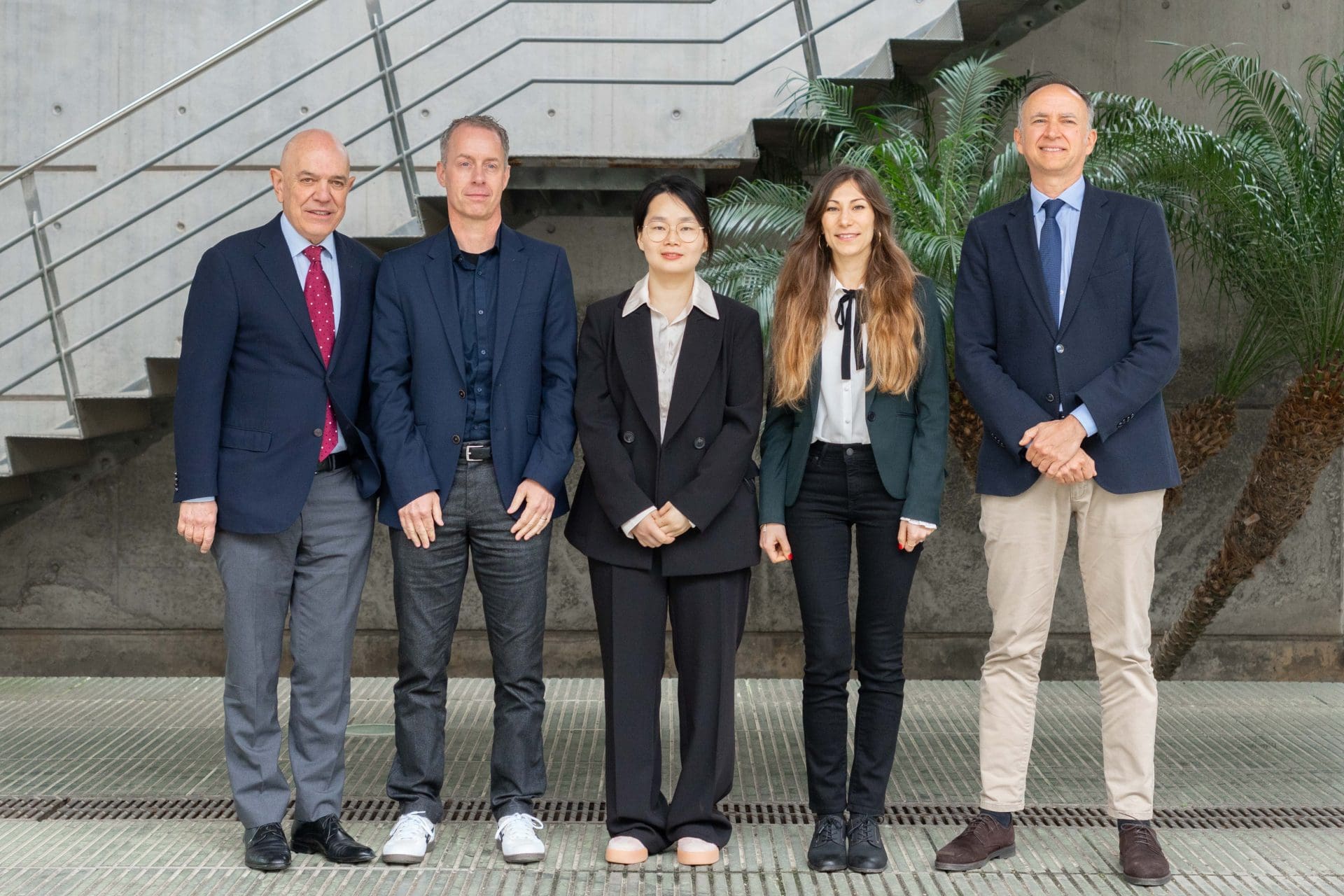Congratulations Dr. Li!
8th November 2017 -
Qiang Li, PhD student under the supervision of Prof. Núria López (ICIQ), has defended his PhD Thesis entitled “Density Functional Theory Studies of Biomass Conversion on Metal Surfaces: From Small to Large Molecules” (assigned to the Physical and Inorganic Chemistry Department of the Universitat Rovira i Virgili) publicly on November 8th at the ICIQ Auditorium.
The members of the evaluation committee were: Prof. Javier Pérez-Ramírez (ETH Zürich, Switzerland), Prof. Hai-Jun Jiao (Leibniz-Institut für Katalyse e.V., Germany) and Dr. Jordi Ribas Ariño (Universitat de Barcelona, Spain)
Abstract
In this thesis, Density Functional Theory was used to understand the surface reactions related to various biomass molecules’ transformations via the Vienna Ab initio Simulation Package (VASP). In the first two objectives, a FAIR (Findability, Accessibility, Interoperability and Reusability) database based on methanol, ethanol, ethylene glycol, and glycerol decomposition on Cu(111) and Ru(0001) surfaces have been generated. Reaction profiles, Brønsted and Evans-Polanyi relationship and Transition State Scalings for C–O, C–H, O–H and C-C bond scissions have been discussed. Ab initio microkinetic study of these alcohol molecules’ decomposition, aqueous phase reforming, auto-thermal reforming and steam reforming were performed. In the third objective, levulinc acid conversion to γ-valerolactone on Ru-HHDMA was systematically studied, it is the intrinsic acidic properties at the ligand-metal interface under reaction conditions altered reaction pathway and promoted the catalysts’ anti-oxidation stability. In the fourth objective, mechanisms of glucose, mannose hydrogenation to their corresponding polyalcohols on Ru(0001) were investigated. The concentrations of different reactant isomers in the liquid phase, their adsorption nature on the surface, as well as the different rate limiting steps (hydrogenation and ring opening reactions for glucose and mannose) collaborate to determine the overall reaction rates. Langmuir-Hinshelwood adsorption model and transition state theory were employed to describe the kinetic observations in experiment. In the fifth objective, β-O-4 bond breaking mechanisms of lignin dimer model were investigated on Ni(111) and Ru doped surface, more complex molecular surrogates presenting stereocenters and based on coniferyl alcohol (G) dimers were selected, the most stable two geometries were identified and the decomposition pathways have been mapped and computed. Furthermore, the Ru doping effects on reactions were clarified. Detailed reaction mechanisms in these above studies can provide rich atomic guidelines for the catalysts design and improvements of efficient valorization of renewable to added-value chemicals.
Related news

Let's create a brighter future
Join our team to work with renowned researchers, tackle groundbreaking
projects and contribute to meaningful scientific advancements







 14-03-2025
14-03-2025 















